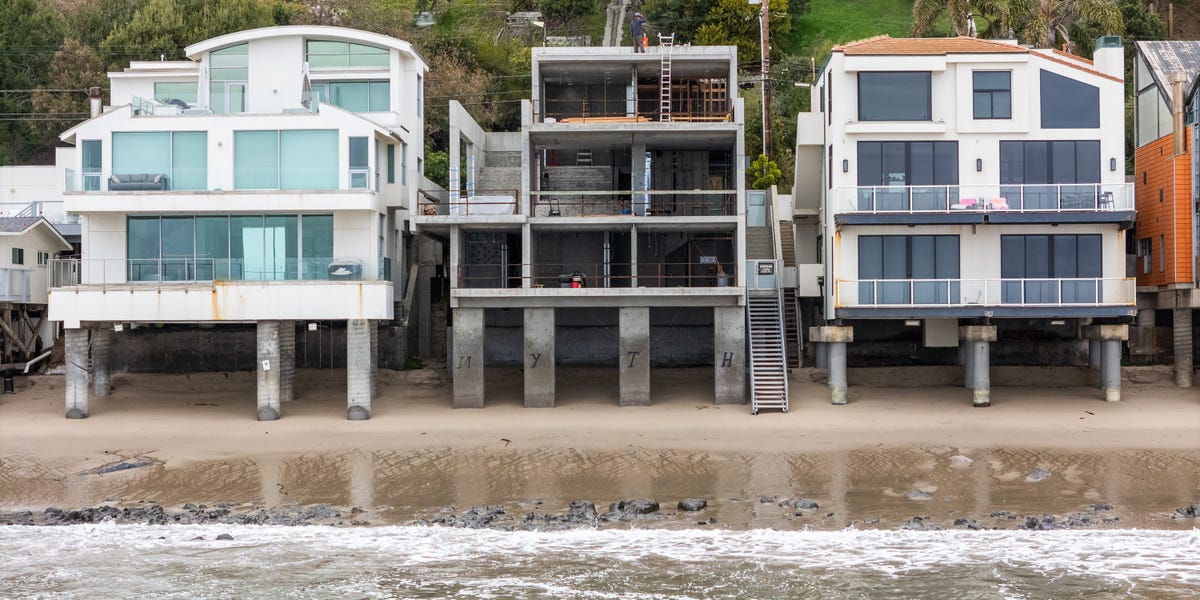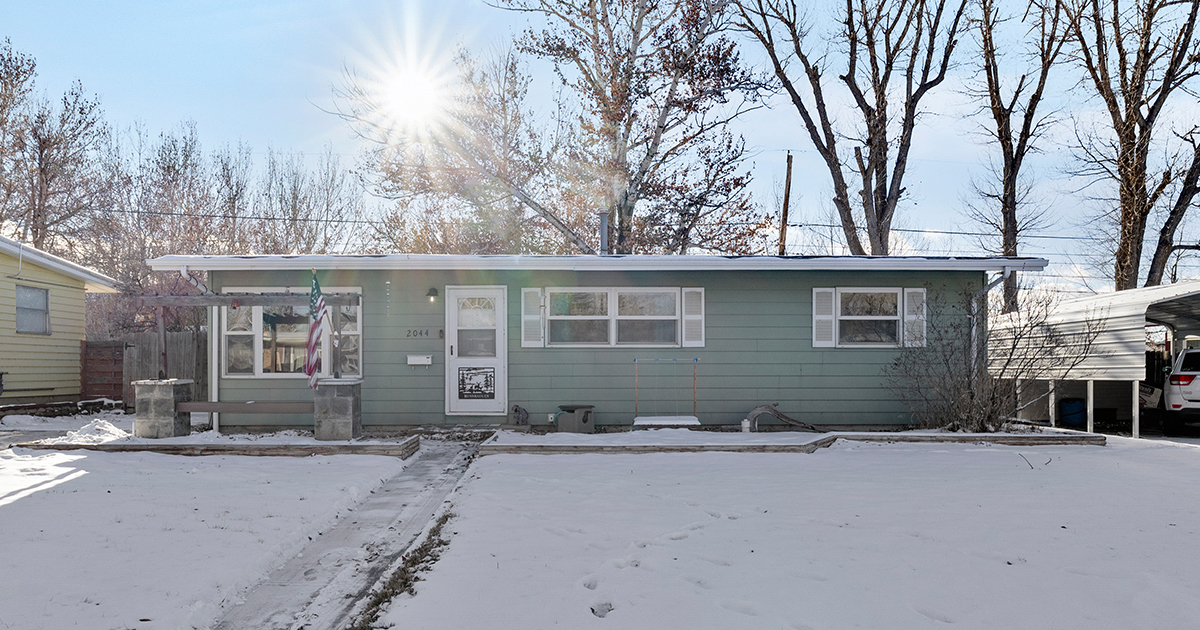A
fter the pandemic‑era surge in industrial development slowed, the industry faces a key question: is the big‑box market returning to equilibrium? From 2020‑2023, developers struggled to meet the surge in demand for large warehouses driven by e‑commerce beyond traditional hubs. A modest rebound in physical retail pushed online sales back toward pre‑2020 growth, while the construction pipeline kept adding new space. Yet online sellers trimmed portfolios, and some major players returned entire facilities after misjudging demand. Rising vacancies and muted rent growth would have naturally curbed new builds, but the sharpest interest‑rate rise in five decades abruptly halted development, creating a scenario where, once growth resumes, occupiers may face tight supply.
During this period, leasing in the newest large industrial sites lagged for over a year, whereas smaller facilities—especially near airports or manufacturing centers—performed strongly. Texas’ long‑term household and job growth tends to absorb excess inventory, so out‑of‑beltway big‑box sites are expected to attract attention soon. Reshoring trends will also help demand catch up with idle space.
Statewide data show the downturn began mid‑2022, with net absorption and rent growth weakening and vacancy climbing to 8.5 %. Deliveries slowed but were still twice the net absorption rate by mid‑2025. Most major metros—Dallas‑Fort Worth, Houston, San Antonio—outperformed the national average in both metrics, except the Rio Grande Valley.
In the big‑four metros, inventory growth spiked in DFW in Q3 2024, Houston’s pipeline expanded a quarter earlier, while Austin and San Antonio construction fell slightly. Net absorption fluctuated, but Q2 2025 saw gains across all four markets—a rare event since Q4 2021. Rent growth remained steady in DFW, Houston, and San Antonio; Austin’s rates fell in summer 2025.
Focusing on DFW’s large‑industrial segment (half of Texas’ >500,000 sq ft sites), net absorption has been negative for 100,000–500,000 sq ft properties, with vacancies above 50 %. The largest sites show modest positive absorption, and all size classes have significant construction underway, reflecting developer optimism.
If development had stalled, a resurgence in economic growth would have pressured tenants heavily. Current trends suggest that over the next 18–24 months occupiers may not face sudden shortages or steep rents. Real‑estate markets lag price signals and long build times, so owners and tenants rarely align in satisfaction.














